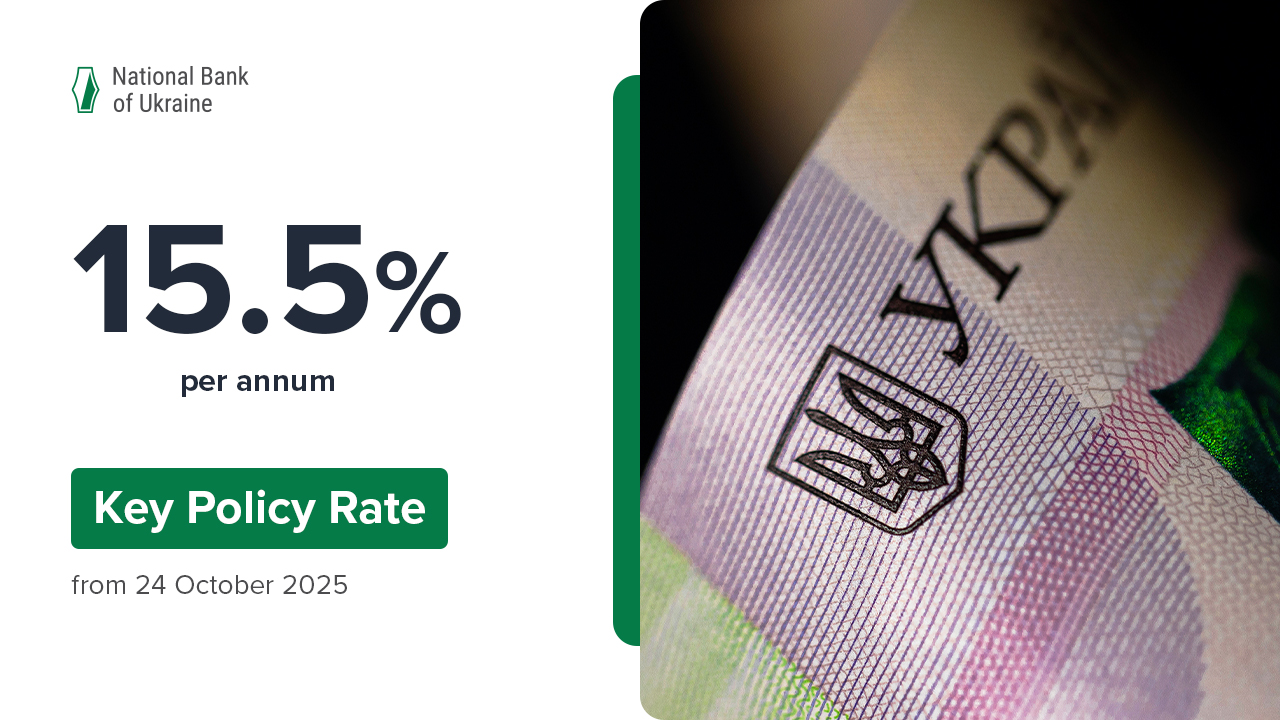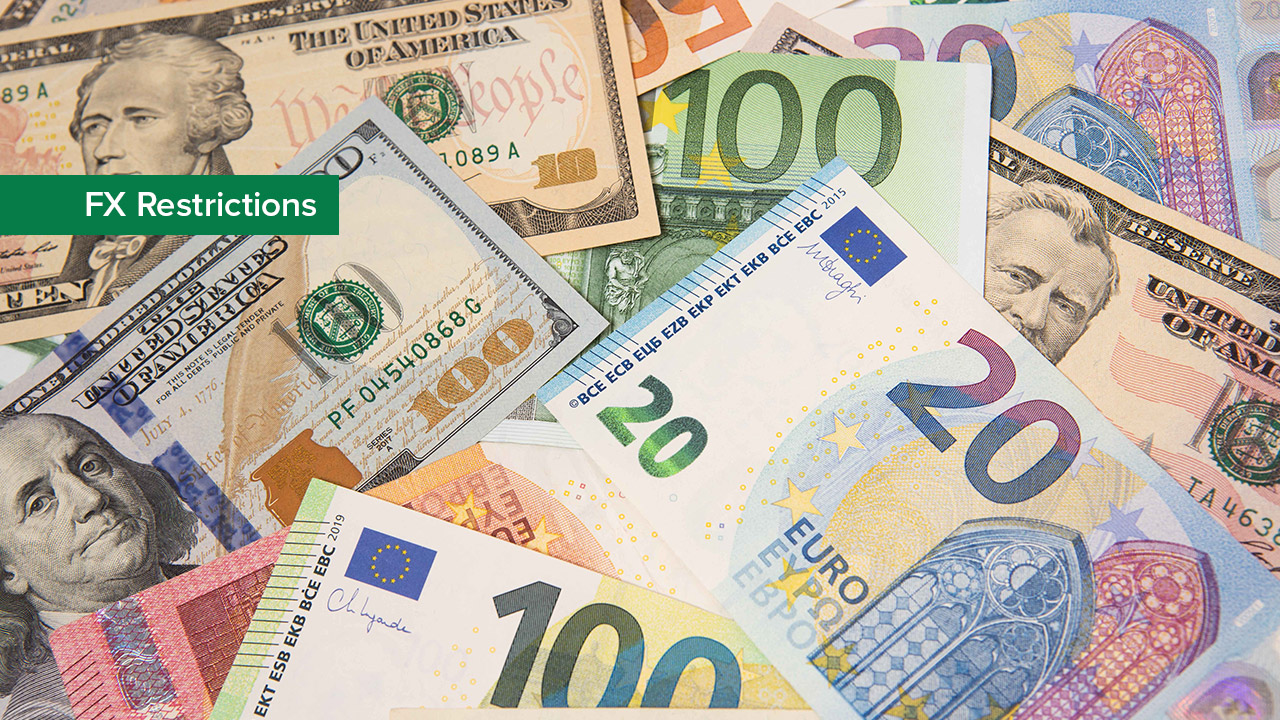June 2018 saw a marked slowdown in consumer price inflation, to 9.9% yoy (compared to 11.7% in May). In month-on-month terms, prices did not change. This is according to the data released by the State Statistics Service of Ukraine.
A further drop in year-on-year inflation had been expected, and its June reading came out slightly below the NBU’s projected inflation trajectory, as published in the April 2018 Inflation Report. This was mainly the result of a more ample food supply, including raw foods, on the back of more favorable weather and a rise in imports. In addition, the strengthening in the hryvnia exchange rate, driven in particular by a tightening of monetary policy by the NBU, had a downward effect on the costs of imported goods and the prices of goods and services with a significant import content in their production costs.
At the same time, inflationary pressure continues to be strong, as indicated by the core inflation rate. This is mainly the result of sustained consumer demand, which is fueled by rapid real wage growth.
- Core inflation decelerated in June, to 9.0% yoy, slightly below the NBU’s projections.
For instance, the growth in the costs of services moderated slightly (to 14.0%).The growth in the costs of some services (tourism, renovations, etc.) accelerated on the back of stronger consumer demand. Simultaneously, the growth in the dwelling maintenance costs continued to decelerate due to a high comparison base.
In addition, the strengthening of the hryvnia against both the dollar and a basket of the currencies of Ukraine’s trading partners was transmitted to the import components of the costs. As a result, the costs of personal care, healthcare, cable TV, and the prices of non-food products grew at a slower pace (4.1% yoy), as did the prices for certain food products, mainly imported ones (e.g. coffee, seafood, etc.).
Coupled with a drop in global prices, a slowdown in the growth of raw materials prices, which was caused, among other things, by an expansion in the supply of domestic and imported raw materials, contributed to a deceleration in the growth of prices for meat and dairy products. Butter was an exception, owing to sustained strong demand from abroad. Consequently, the growth in the prices of highly processed foods slowed moderately (to 11.2%).
- Growth in raw food prices decelerated sharply (to 5.2% yoy) in June, faster than projected. Among others, the prices of vegetables used in cooking borsch (cabbage, potatoes, and onions) and vegetables grown from seed (cucumbers and tomatoes) fell as domestic and imported supply expanded. Furthermore, favorable weather resulted in a more ample supply of berries and a respective slowdown in their price growth, while the sizable imports of bananas and oranges caused their prices to drop. Lower global meat prices contributed to the slower growth in the prices of meat products in Ukraine.
To the upside, egg prices increased more rapidly than expected, primarily due to a rise in their exports in preceding months.
- The rate of growth in administered prices was almost unchanged at 13.2% yoy, although higher than the NBU had predicted. In particular, the cost of railway transport began to accelerate after passenger tariffs were raised on 30 May 2018. Prices for tobacco products continued to grow quickly, despite a deceleration. By contrast, the prices for alcoholic beverages, bread, and the costs of services of water and wastewater systems rose at a slower pace.
- Growth in fuel prices accelerated (to 18.1% yoy), faster than projected, due to a higher-than-expected increase in global oil prices.
The revised inflation forecast for 2018–2020 will be presented to the public at the monetary policy press briefing on 12 July 2018. A new detailed macroeconomic forecast will be published in the next NBU Inflation Report on 19 July 2018.







